Home>diy>Architecture & Design>How Much Does 3D Modeling Cost
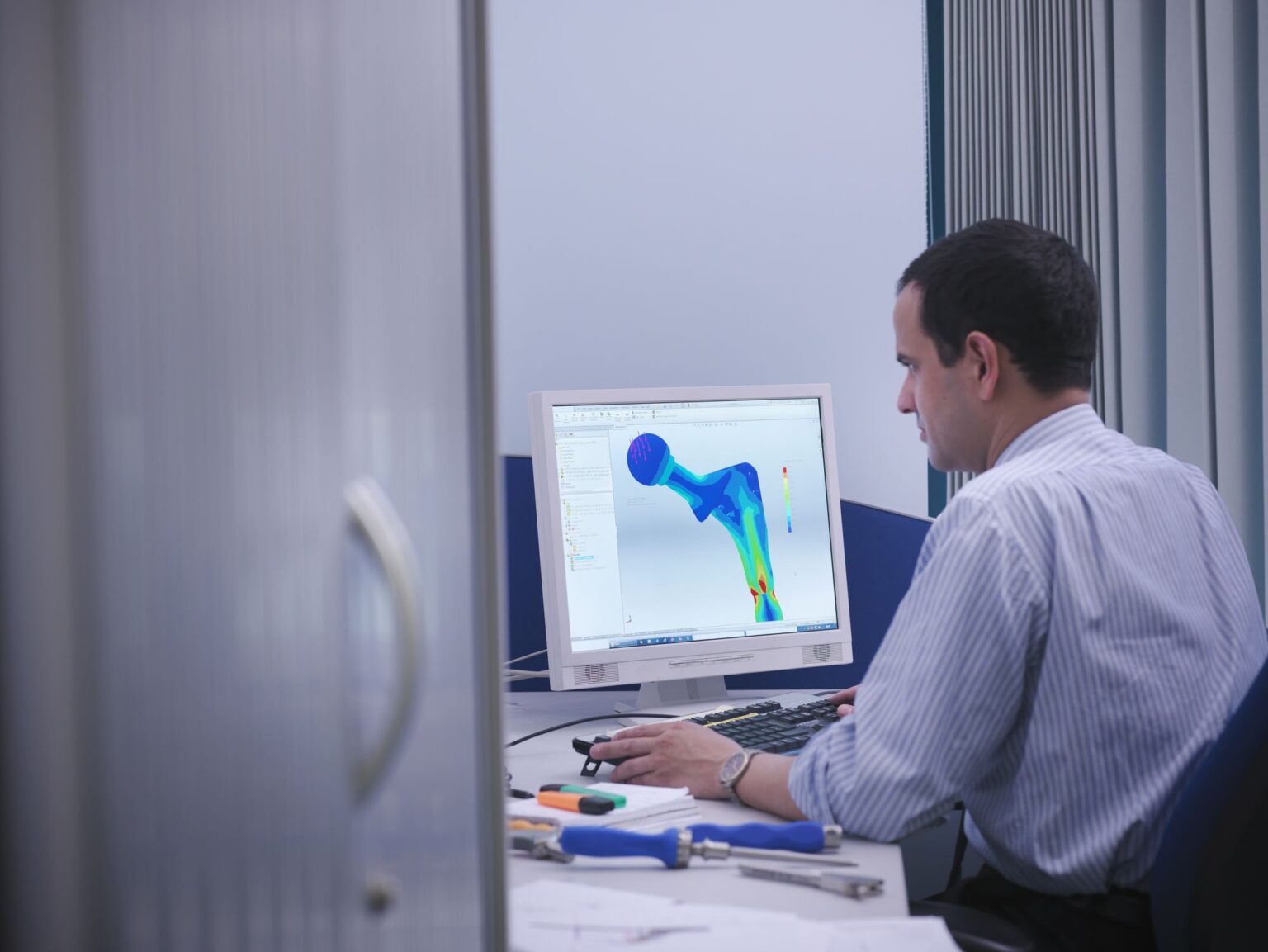

Architecture & Design
How Much Does 3D Modeling Cost
Modified: October 20, 2024
Get an idea of how much 3D modeling for architecture design costs and plan your budget accordingly. Compare prices and choose the best option for your project.
(Many of the links in this article redirect to a specific reviewed product. Your purchase of these products through affiliate links helps to generate commission for Storables.com, at no extra cost. Learn more)
Introduction
Welcome to the exciting world of 3D modeling! In today’s digital age, this innovative technology has transformed various industries, from architecture and product design to gaming and animation. By creating realistic and immersive 3D models, businesses can better visualize their concepts, showcase their products, and engage their audience.
As more companies recognize the value of 3D modeling, one question often arises: how much does 3D modeling cost? The answer to this question is not as straightforward as one might think, as there are several factors that influence the pricing of 3D modeling services.
In this article, we will delve into the various factors that affect the cost of 3D modeling projects. We will explore different pricing models, techniques, and tools used in 3D modeling, and discuss how to determine the cost of a 3D modeling project. Additionally, we will compare the costs of in-house 3D modeling vs. outsourcing and provide tips for effectively managing 3D modeling expenses. Lastly, we will examine real-world case studies to understand how 3D modeling costs vary across different industries.
Whether you are a business owner planning to incorporate 3D modeling into your operations or an individual looking to create stunning visuals, this article will equip you with the knowledge to make informed decisions about the cost of 3D modeling projects.
So, buckle up and get ready to embark on this journey of unraveling the intricacies of 3D modeling costs!
Key Takeaways:
- Understand the factors influencing 3D modeling costs, such as complexity, scale, and expertise, to accurately estimate project expenses and allocate budgets effectively.
- Carefully evaluate in-house vs. outsourcing costs, prioritize quality, and communicate openly to manage 3D modeling expenses while achieving desired outcomes.
Read more: How Hard Is 3D Modeling
Factors Affecting 3D Modeling Costs
When it comes to 3D modeling, several factors can impact the overall cost of a project. It’s essential to consider these factors to accurately determine the pricing and allocate your budget accordingly. Let’s explore the key elements that influence 3D modeling costs:
- Complexity of the Model: One of the primary factors affecting the cost of 3D modeling is the complexity of the desired model. Intricate designs with intricate details and elaborate textures will require more time and effort to create, resulting in higher costs.
- Size and Scale: The size and scale of the 3D model also play a significant role in determining its cost. Larger models will require more time and resources to create, resulting in higher costs. Similarly, if the project involves multiple models or variations of the same model, the cost will increase accordingly.
- Level of Detail: The level of detail required in the 3D model will impact the cost. Models that require intricate textures, realistic lighting, and high-resolution rendering will require more time and expertise, leading to higher costs. On the other hand, simpler models with fewer details will be more affordable.
- Timeframe: The timeframe within which the 3D model needs to be completed is another important factor in determining the cost. Tight deadlines and rush projects often require additional resources, such as more 3D artists or longer work hours, which can increase the overall cost.
- Software and Tools: The choice of 3D modeling software and tools can affect the cost. Some high-end software or specialized plugins may have licensing or subscription fees that add to the overall expenses. Additionally, if the project requires the use of expensive hardware or equipment, such as motion capture devices or virtual reality setups, the cost will increase accordingly.
- Experience and Expertise: The level of experience and expertise of the 3D artists involved in the project can impact the cost. Highly skilled and experienced professionals may charge higher rates for their services, but they also bring a higher level of quality and efficiency to the project. On the other hand, less experienced artists may charge lower rates but may require more time and supervision, potentially increasing the overall cost.
- Additional Services: In some cases, additional services may be required alongside 3D modeling, such as 3D animation, texturing, rigging, or rendering. These additional services will incur additional costs, and it’s essential to consider them when determining the overall budget for the project.
By taking into account these factors, you can gain a better understanding of the various elements that contribute to the cost of 3D modeling. This knowledge will help you make informed decisions and effectively manage your budget when undertaking 3D modeling projects.
Pricing Models for 3D Modeling Services
When it comes to pricing 3D modeling services, there are several pricing models that artists and studios may follow. Understanding these pricing models can help you choose the one that best fits your needs and budget. Let’s explore some common pricing models for 3D modeling services:
- Hourly Rate: In this pricing model, the 3D artist or studio charges a fixed hourly rate for their services. The total cost of the project is calculated by multiplying the hourly rate by the number of hours spent on the project. This model is beneficial when the scope of the project is uncertain or may require frequent revisions, as you only pay for the actual time spent on the project.
- Fixed Project Price: In this pricing model, the 3D artist or studio provides a fixed price for the entire project based on the defined scope and requirements. Once the price is agreed upon, any additional work or revisions may incur extra charges. This model works well when the project scope is well-defined and there are no anticipated changes or revisions.
- Per Model/Asset Pricing: This pricing model involves charging a set price for each individual 3D model or asset created. The price for each model is determined based on its complexity, size, and level of detail. This model is commonly used in industries such as gaming and animation, where multiple models are required for a project.
- Subscription-Based Pricing: Some 3D modeling services offer subscription-based pricing, where you pay a fixed monthly or yearly fee to access a certain number of 3D models or assets. This model is particularly useful for businesses or individuals who require a steady supply of 3D models on an ongoing basis.
- Royalty-Based Pricing: In this pricing model, the 3D artist or studio agrees to create the 3D model in exchange for a percentage of the revenue generated from the model’s usage or sales. This model is common in industries such as virtual reality, where the 3D model is expected to generate revenue over an extended period.
It’s essential to carefully consider the pricing model that aligns with your specific project requirements and budget constraints. Each pricing model has its advantages and considerations, so take the time to evaluate your needs and discuss the pricing options with the 3D artists or studios you are considering working with.
Remember, while price is an important factor, also consider the quality, expertise, and reputation of the 3D modeling service provider. A balance between cost and quality is crucial to ensure that you receive the desired results within your budget.
Cost Breakdown of 3D Modeling Techniques
When it comes to 3D modeling, various techniques and approaches can be utilized, each with its own cost implications. Let’s explore some of the most common 3D modeling techniques and their associated costs:
- Polygonal Modeling: Polygonal modeling, also known as mesh modeling, involves creating models using a series of connected polygons. This technique is widely used due to its flexibility and ease of editing. The cost of polygonal modeling can vary depending on the complexity of the model, the level of detail required, and the skill level of the 3D artist. Simple polygonal models with basic shapes and low detail can be more cost-effective, while complex organic models or highly detailed architectural models may be more expensive.
- NURBS Modeling: NURBS (Non-Uniform Rational B-Splines) modeling is a technique that uses mathematical representations to define 3D geometry. It is particularly useful for creating smooth, organic shapes. NURBS modeling requires specialized software and expertise, which can increase the cost compared to polygonal modeling. The complexity of the model and the level of detail required also play a role in determining the cost of NURBS modeling.
- Sculpting: Sculpting is a technique that emulates sculpting physical objects in a digital environment. It is often used for creating highly detailed organic models, such as characters or creatures. Sculpting requires specialized software and the skills of a skilled 3D artist. The cost of sculpting can be higher compared to other techniques due to the additional time and expertise required to achieve intricate details and realistic textures.
- Procedural Modeling: Procedural modeling involves using algorithms and rules to generate 3D models automatically. This technique is often used for creating large-scale environments, such as landscapes or cityscapes. While the initial setup and programming of the procedural rules can be time-consuming and costly, once established, the cost per model can be relatively lower, making it an efficient option for generating a large number of models.
- Photogrammetry: Photogrammetry is a technique that involves capturing real-world objects or environments using photographs and converting them into 3D models. The cost of photogrammetry can vary depending on the equipment used, the complexity of the subject, and the level of detail required. High-quality photogrammetry may require expensive cameras, specialized software, and expertise, which can contribute to higher costs.
It’s important to note that the cost breakdown of 3D modeling techniques is not fixed and can vary depending on several factors, including the complexity and size of the project, the level of detail required, the experience and expertise of the 3D artist, and the software and tools used.
When planning a 3D modeling project, it is advisable to discuss the different techniques with your 3D artist or studio and weigh the cost implications against the desired outcome. They can provide guidance on the most suitable technique based on your project requirements and budgetary constraints.
Determining the Cost of 3D Modeling Projects
When it comes to determining the cost of 3D modeling projects, a systematic approach is essential. By considering key factors and following a structured process, you can accurately estimate the cost of your project. Let’s explore the steps involved in determining the cost of 3D modeling projects:
- Define the Project Scope: Start by clearly defining the scope of the 3D modeling project. Consider the purpose of the model, the expected level of detail, any specific requirements, and the desired deliverables. This step will help establish the foundation for estimating the cost.
- Gather Reference Material: Collect reference materials, such as photographs, sketches, or existing models, that will help the 3D artist understand your vision. The more detailed and comprehensive the references, the better the artist can estimate the time and effort required for the project.
- Consult with 3D Modeling Professionals: Engage in discussions with 3D modeling professionals or studios to get their insights and expertise. They can provide you with an estimate based on the project details, complexity, and their experience. Take into account their recommendations and assess whether they align with your expectations and budget.
- Request Quotations: Request quotations from multiple 3D modeling service providers to compare rates and services. Ensure that the quotations are detailed and include information on the pricing model used, the expected deliverables, and any additional costs. This will help you make an informed decision and choose the provider that offers the best value for your budget.
- Consider Revisions and Iterations: Keep in mind that revisions and iterations may be necessary during the 3D modeling process. Discuss with the 3D artist or studio how revisions will be handled and any associated costs. Understanding these costs upfront will prevent any surprises later in the project.
- Allocate a Contingency Budget: It is recommended to allocate a contingency budget to account for any unexpected changes or additional requirements that may arise during the project. This will help you avoid budget overruns and ensure that you have flexibility to address any unforeseen circumstances.
- Review the Overall Budget: Evaluate the estimated cost of the 3D modeling project in the context of your overall budget and the value it will bring to your business or project. Consider the importance of quality, expertise, and timeliness, and prioritize your budget allocation accordingly.
By following these steps, you can navigate the process of determining the cost of your 3D modeling project with confidence and transparency. Remember to communicate openly with the 3D modeling professionals, provide detailed project requirements, and ask any questions you may have to ensure a successful collaboration.
When budgeting for 3D modeling, consider factors such as complexity, level of detail, and the experience of the designer. Prices can range from $20 to $150 per hour or more for high-end professional work.
Cost Comparison: In-house vs. Outsourcing
When considering 3D modeling for your business, one crucial decision to make is whether to handle the work in-house or outsource it to a professional 3D modeling service provider. Each option comes with its own cost considerations. Let’s explore the cost comparison between in-house 3D modeling and outsourcing:
In-House 3D Modeling:
When choosing to handle 3D modeling in-house, you will need to consider the following costs:
- Equipment and Software: Investing in high-end 3D modeling equipment and software can be a significant upfront cost. This includes powerful computers, 3D modeling software licenses, and any required peripherals.
- Training and Expertise: Training your staff in 3D modeling techniques may require time and resources. Depending on the complexity of the projects you plan to undertake, you may need to invest in ongoing training or hiring experienced 3D modeling professionals, adding to your personnel expenses.
- Workload and Efficiency: Consider the capacity and optimal workflow of your in-house team. If their workload is already high or if 3D modeling is not their core focus, productivity and efficiency may be affected, potentially resulting in increased project timelines and costs.
- Project Flexibility: If your demand for 3D modeling fluctuates, an in-house team may lead to underutilization during slower periods. This can increase overall costs as you will still have to cover salaries and equipment expenses even when not actively engaged in projects.
- Revision and Rework: In-house projects may require additional time and resources for revisions or rework if the desired results are not achieved initially. This can lead to increased costs due to the extended project timeline and the need for internal resources to address the revisions.
Outsourcing 3D Modeling:
Outsourcing 3D modeling to a professional service provider also comes with its own set of cost considerations:
- Service Provider Fees: When outsourcing, you will be charged by the 3D modeling service provider based on their pricing model, such as hourly rates, fixed project prices, or per model pricing. Ensure you have a clear understanding of the costs and any additional charges before entering into an agreement.
- Quality and Expertise: Professional 3D modeling service providers typically possess a high level of expertise, experience, and specialized tools. While their services may come at a higher cost compared to in-house operations, their output is often of exceptional quality, potentially reducing the need for revisions or rework.
- Flexibility and Scalability: Outsourcing offers flexibility and scalability, as you can engage the service provider as needed. You can adjust the volume and duration of projects without worrying about underutilization during slower periods.
- Time and Efficiency: By leveraging the expertise of a professional service provider, you can experience faster project turnaround times and efficient workflows. This can result in cost savings, as you can complete projects more quickly and focus on other core areas of your business.
- Lower Overhead Costs: Outsourcing eliminates the need for investing in expensive equipment, software licenses, and training. This can lead to significant cost savings as you can allocate your budget to other business priorities.
When making the decision between in-house 3D modeling and outsourcing, carefully consider your business requirements, budget constraints, and long-term goals. Assess the overall costs and benefits of each option to determine which approach is most viable for your specific situation.
Regardless of your choice, it is important to weigh the financial implications alongside factors such as quality, expertise, and project efficiency to ensure you achieve your desired 3D modeling outcomes within your budgetary constraints.
Tips for Managing 3D Modeling Costs
Managing costs is a critical aspect of any project, including 3D modeling. By following these tips, you can effectively manage your 3D modeling costs and optimize your budget:
- Define Clear Project Specifications: Clearly define your project requirements and specifications before starting the 3D modeling process. This will minimize the risk of misunderstandings and revisions, ultimately saving time and cost.
- Provide Detailed References: Collect and provide comprehensive reference materials, such as photographs, sketches, or existing models, to ensure the 3D artist has a clear understanding of your vision. This can prevent unnecessary revisions and iterations, reducing costs.
- Communicate Openly: Maintain open and clear communication with the 3D modeling service provider. Discuss the project scope, timeline, and budget constraints upfront to avoid any surprises or misunderstandings later on.
- Plan Iterations Carefully: If revisions or iterations are necessary, plan them carefully to minimize their impact on costs. Clearly communicate your feedback and changes to the 3D artist, ensuring that revisions are concise and focused.
- Consider Outsourcing: Evaluate the cost benefits of outsourcing 3D modeling projects to specialized service providers. Outsourcing can provide access to expertise, reduce overhead costs, and increase efficiency, potentially leading to cost savings.
- Optimize Workflows: Streamline your project workflows to minimize inefficiencies and reduce costs. Identify any bottlenecks or areas for improvement and implement strategies to maximize productivity and minimize wasted time and resources.
- Utilize Existing Assets: If you have existing 3D models or assets that can be reused or repurposed, leverage them to reduce costs. Modifying and building upon existing assets can be more cost-effective than creating entirely new models from scratch.
- Prioritize Quality: While managing costs is important, prioritize quality to ensure that the final 3D models meet your expectations and serve their intended purpose. Investing in quality now can help avoid costly revisions or rework in the future.
- Consider Project Phases: If the project scope is large or complex, consider breaking it down into phases. This allows you to manage costs more effectively by spreading them out over multiple budgets periods and reassessing the project at each phase.
- Explore Efficient Rendering Options: Rendering can be a resource-intensive process. Explore different rendering techniques or tools to optimize rendering times and reduce rendering-related costs. This can include utilizing cloud-based rendering services or optimizing rendering settings.
By implementing these tips, you can maximize the value of your 3D modeling investment while effectively managing costs. Balancing the need for quality, efficient workflows, and budget constraints, you can achieve your desired outcomes while staying within your allocated budget.
Case Studies: 3D Modeling Costs in Different Industries
3D modeling is a versatile tool utilized across various industries, each with its unique cost considerations. Let’s explore some case studies that illustrate the range of 3D modeling costs in different industries:
- Architecture and Real Estate: In the architecture and real estate industry, 3D modeling plays a crucial role in visualizing architectural designs and showcasing properties. Costs can vary depending on factors such as the size and complexity of the project, the level of detail required, and the intended use of the 3D models. Large-scale architectural projects that require high-quality renderings and walkthroughs often have higher costs compared to smaller residential or interior design projects.
- Product Design and Manufacturing: 3D modeling is widely used in product design and manufacturing to create prototypes and visualize product concepts. The cost of 3D modeling in this industry depends on factors such as the complexity of the product, the number of variations or iterations required, and the level of detail needed. High-end consumer products or complex industrial machinery may incur higher modeling costs compared to simpler consumer goods.
- Gaming and Animation: The gaming and animation industry heavily relies on 3D modeling for character creation, environment design, and visual effects. Costs can vary greatly depending on the level of detail, the complexity of the characters or environments, and the intended use of the models. Creating highly realistic characters or intricate game worlds may require more time and expertise, resulting in higher modeling costs compared to simpler game assets.
- Medical and Scientific Visualization: 3D modeling is extensively used in the medical and scientific fields for anatomical visualizations, surgical planning, and scientific simulations. Costs in this industry are influenced by factors such as the complexity of the medical or scientific model, the level of detail required, and any specific requirements for accuracy and precision. Creating detailed 3D models of organs or simulating complex biological processes may involve higher costs compared to simpler medical or scientific visualizations.
- Virtual Reality and Augmented Reality: 3D modeling is essential for creating immersive virtual reality (VR) and augmented reality (AR) experiences. Costs in this industry can vary depending on factors such as the complexity of the virtual environment, the level of interactivity required, and the integration of other technologies. Designing highly realistic and interactive VR or AR environments may involve higher modeling costs compared to simpler interactive VR/AR experiences.
These case studies highlight the wide range of applications and cost considerations in different industries when it comes to 3D modeling. It’s important to assess the unique requirements and goals of your industry and project to determine an appropriate budget for your specific 3D modeling needs.
By understanding the cost factors and trends in your industry, engaging with experienced 3D modeling professionals, and considering the value that high-quality 3D models can bring to your business, you can make informed decisions and effectively manage your 3D modeling costs.
Conclusion
3D modeling has become an invaluable tool in today’s digital landscape, revolutionizing industries and providing immersive visual experiences. As you embark on your 3D modeling journey, it is essential to understand the factors that influence the cost of these projects and how to effectively manage those costs.
We explored the various factors that affect 3D modeling costs, such as the complexity of the model, size and scale, level of detail, timeframe, software and tools, experience and expertise, and additional services. Understanding these factors allows you to better estimate the cost of your 3D modeling projects and allocate your budget accordingly.
Furthermore, we discussed different pricing models for 3D modeling services, including hourly rates, fixed project prices, per model pricing, subscription-based pricing, and royalty-based pricing. Evaluating these pricing models will help you choose the one that aligns best with your project requirements and budget constraints.
Determining the cost of 3D modeling projects involves a systematic approach, including defining project scope, gathering detailed references, consulting with 3D modeling professionals, requesting quotations, considering revisions and iterations, allocating a contingency budget, and reviewing the overall budget. Following these steps will enable you to accurately estimate the cost of your 3D modeling project and avoid any surprises along the way.
We also compared the costs of in-house 3D modeling versus outsourcing, highlighting the respective advantages and considerations of each approach. It is crucial to carefully evaluate your business needs, budget constraints, and long-term goals when making this decision, ensuring that you can achieve the desired outcomes while managing costs effectively.
Lastly, we discussed tips for managing 3D modeling costs, including defining clear project specifications, providing detailed references, communicating openly with the 3D modeling service provider, planning iterations carefully, considering outsourcing, optimizing workflows, utilizing existing assets, prioritizing quality, and considering project phases. By implementing these tips, you can maximize the value of your 3D modeling investment while staying within your budgetary constraints.
As highlighted in the case studies, 3D modeling costs can vary across different industries, with factors such as project complexity, level of detail, and industry-specific requirements influencing the overall costs. By understanding the unique cost considerations in your industry, you can make informed decisions and allocate your resources effectively.
In conclusion, by considering all these factors, understanding the pricing models, and implementing effective cost management strategies, you can embark on your 3D modeling projects with confidence. 3D modeling offers endless possibilities for visualizing concepts, creating immersive experiences, and engaging audiences. With a careful assessment of costs and a focus on quality, your 3D modeling projects can be a success, driving your business forward and leaving a lasting impact on your target audience.
Frequently Asked Questions about How Much Does 3D Modeling Cost
Was this page helpful?
At Storables.com, we guarantee accurate and reliable information. Our content, validated by Expert Board Contributors, is crafted following stringent Editorial Policies. We're committed to providing you with well-researched, expert-backed insights for all your informational needs.
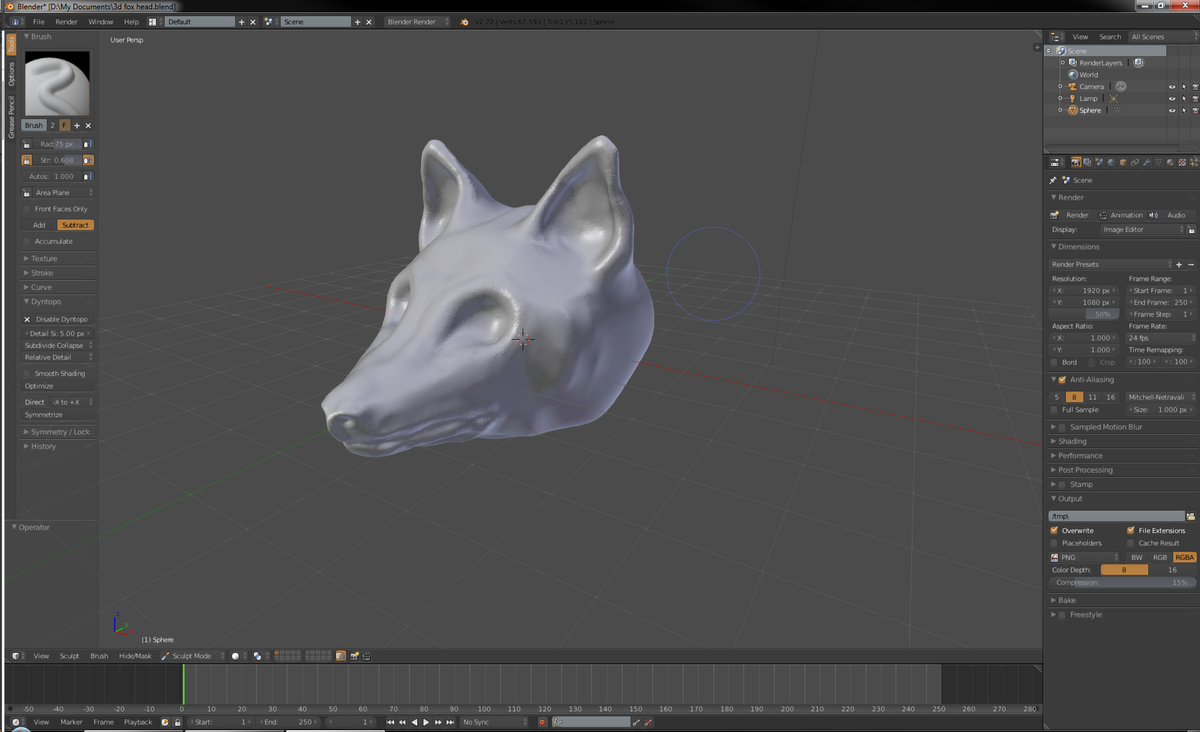

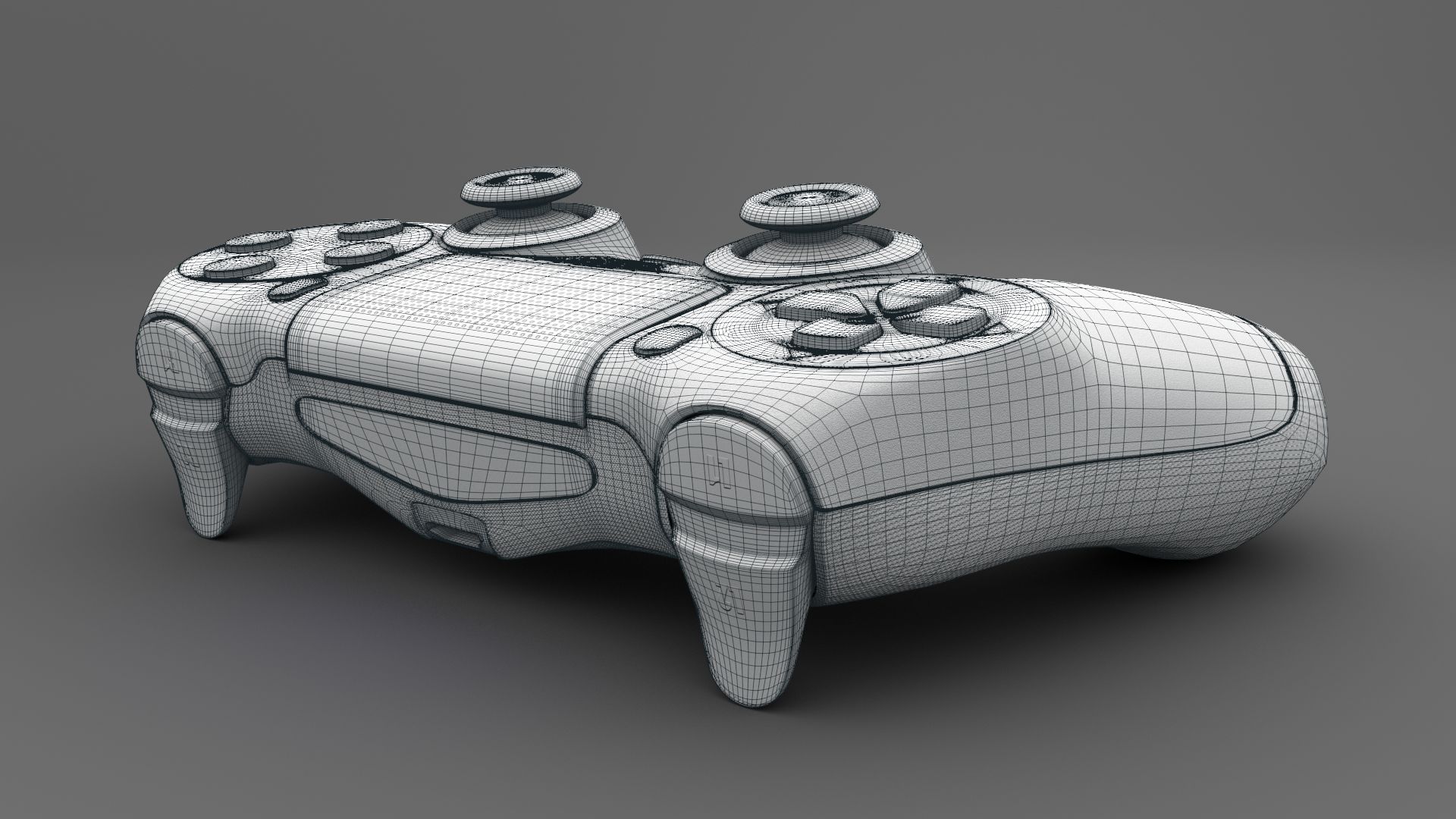
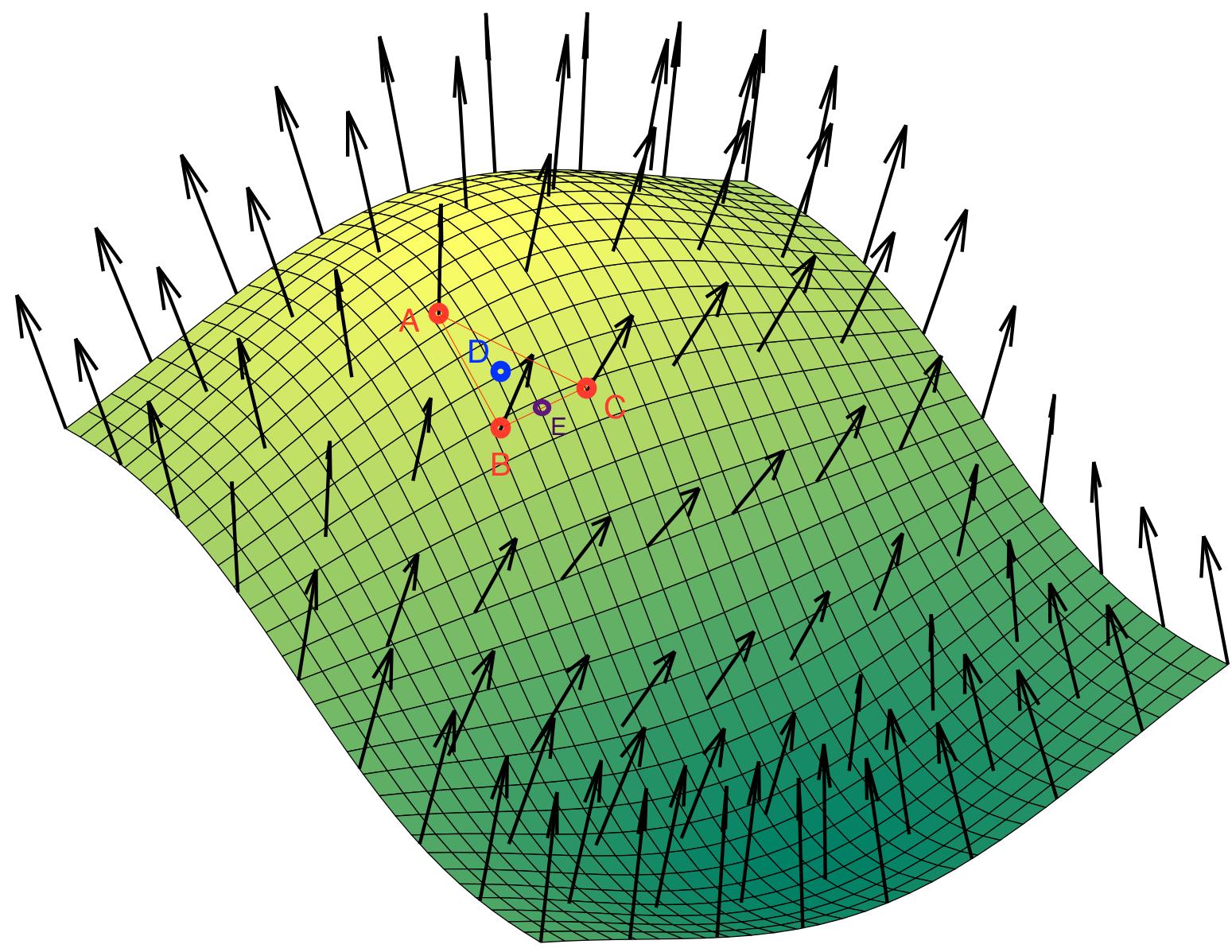


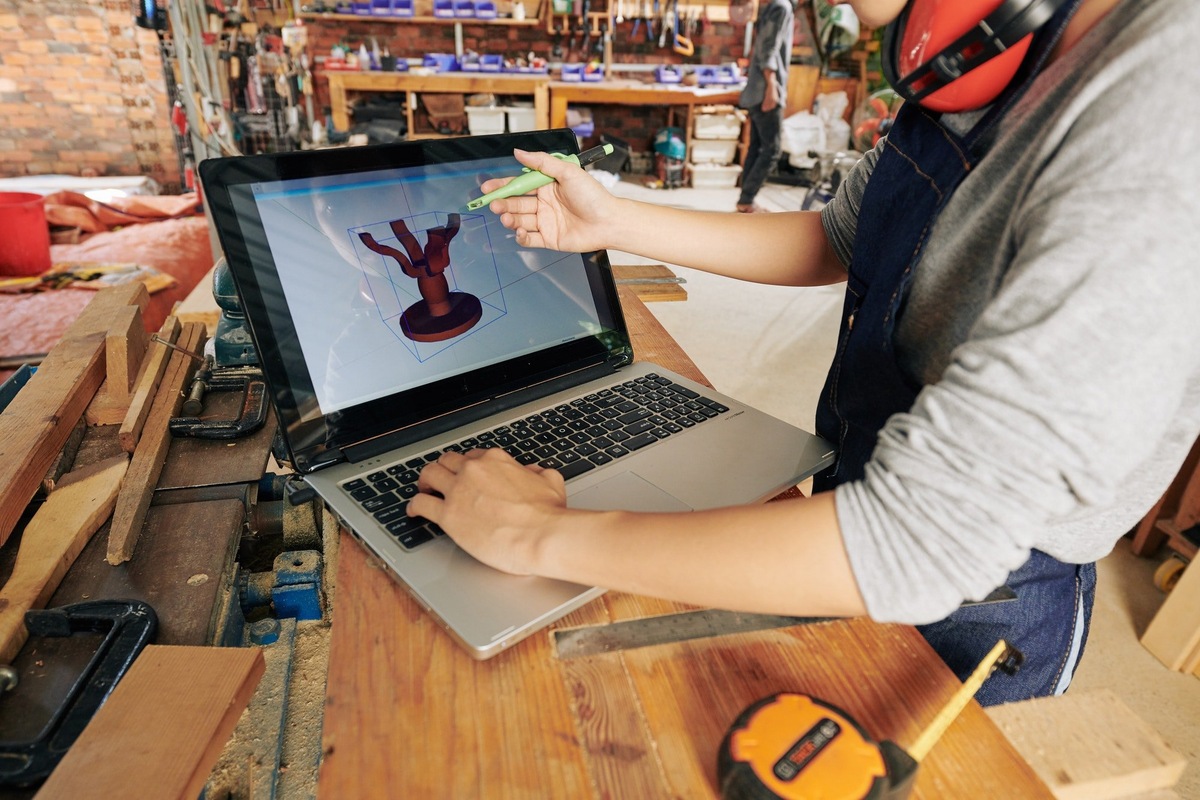
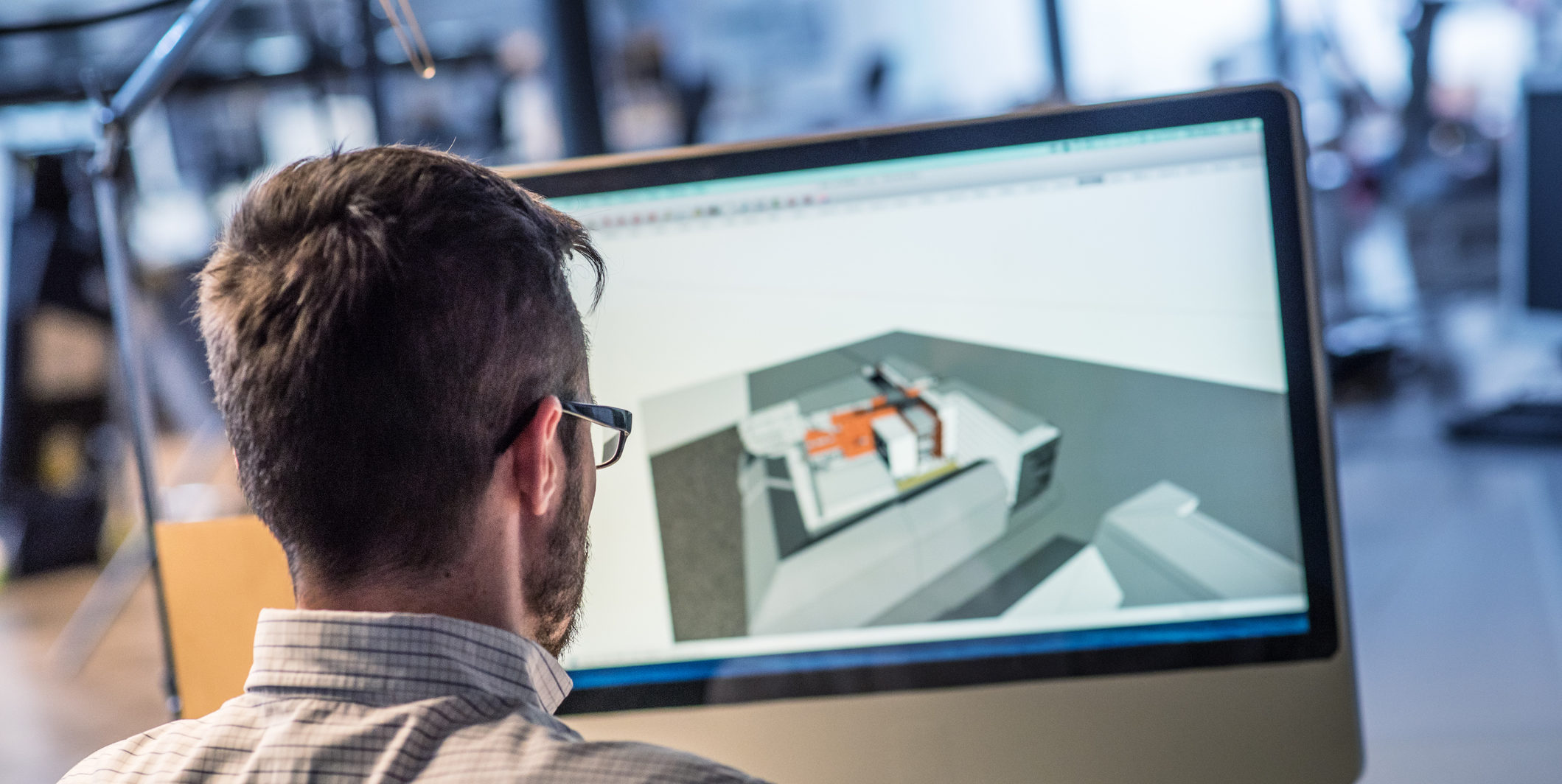
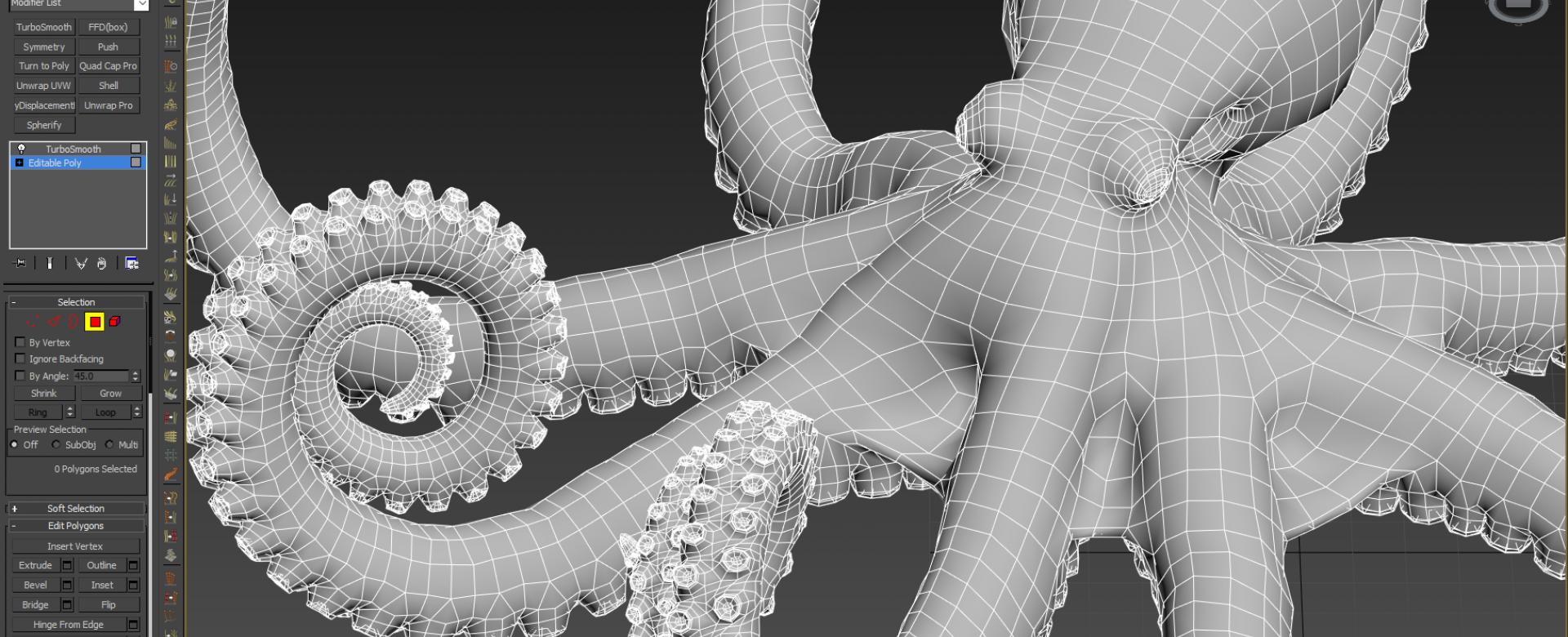
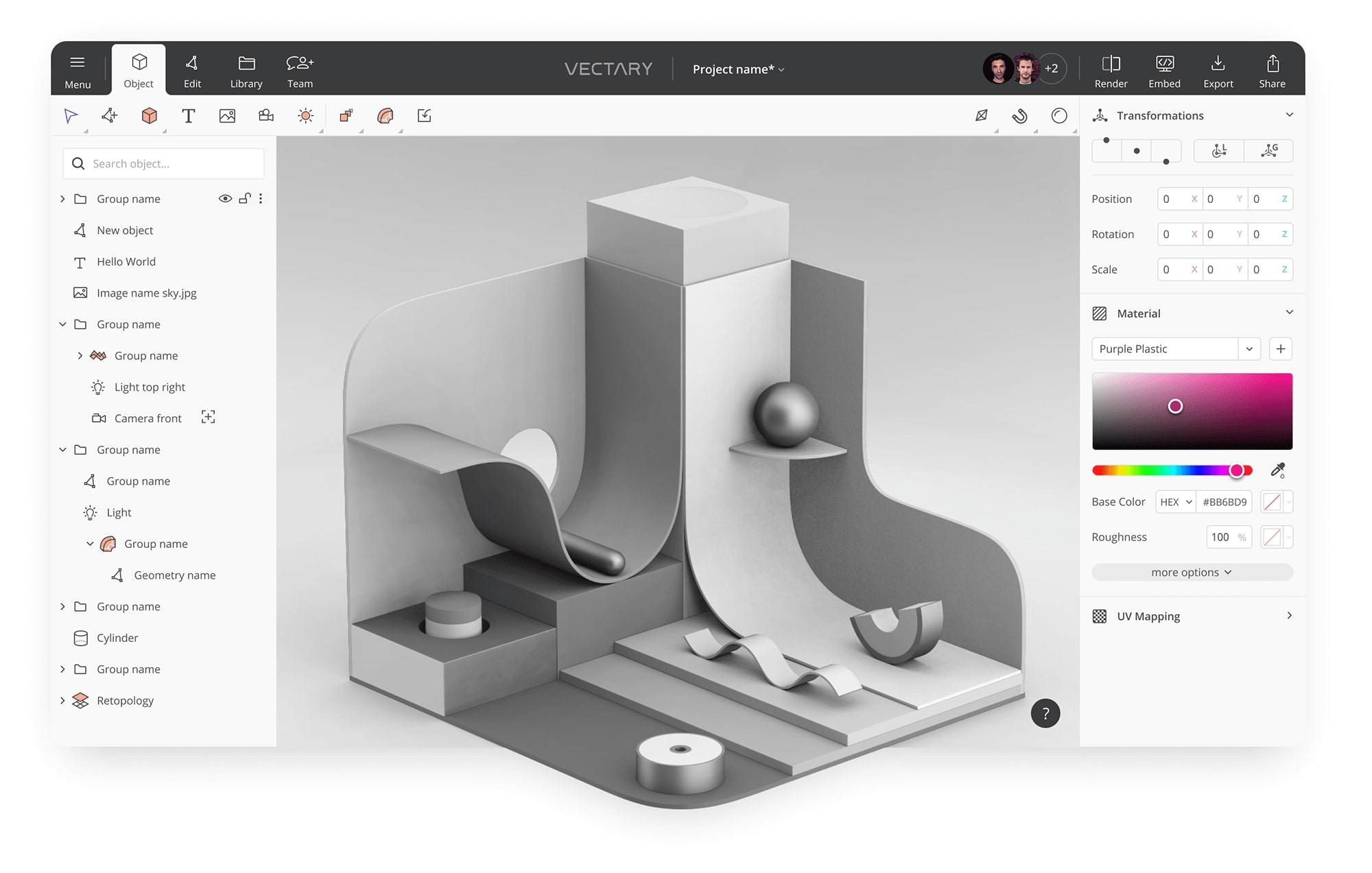
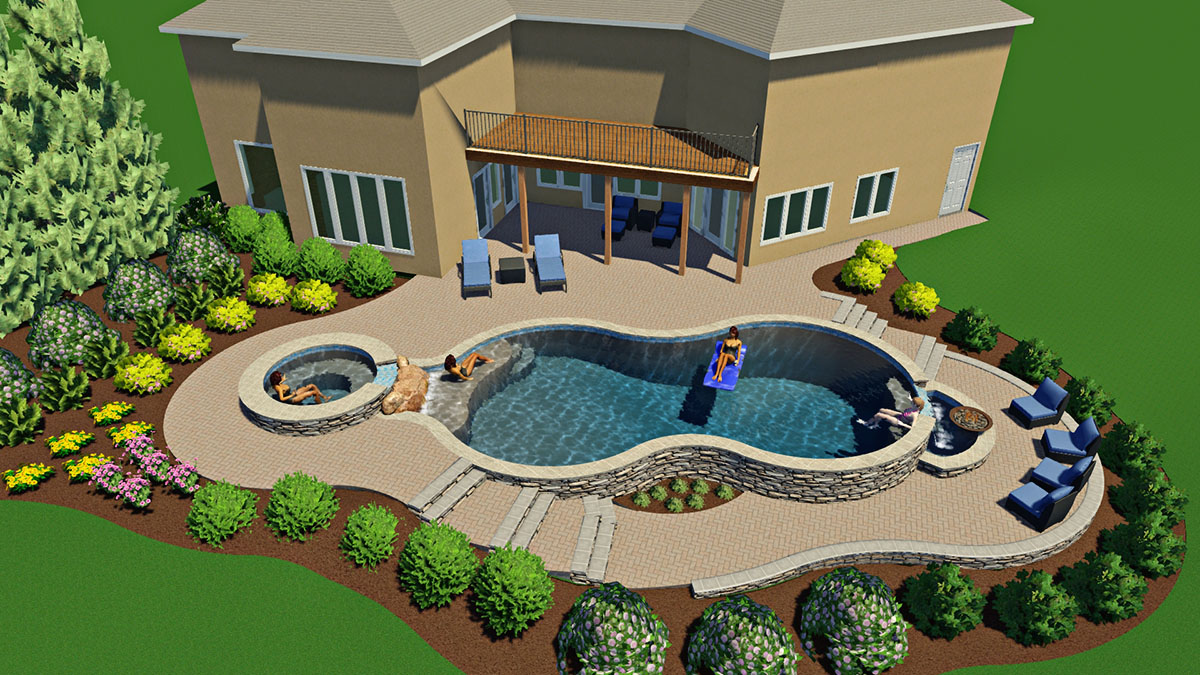
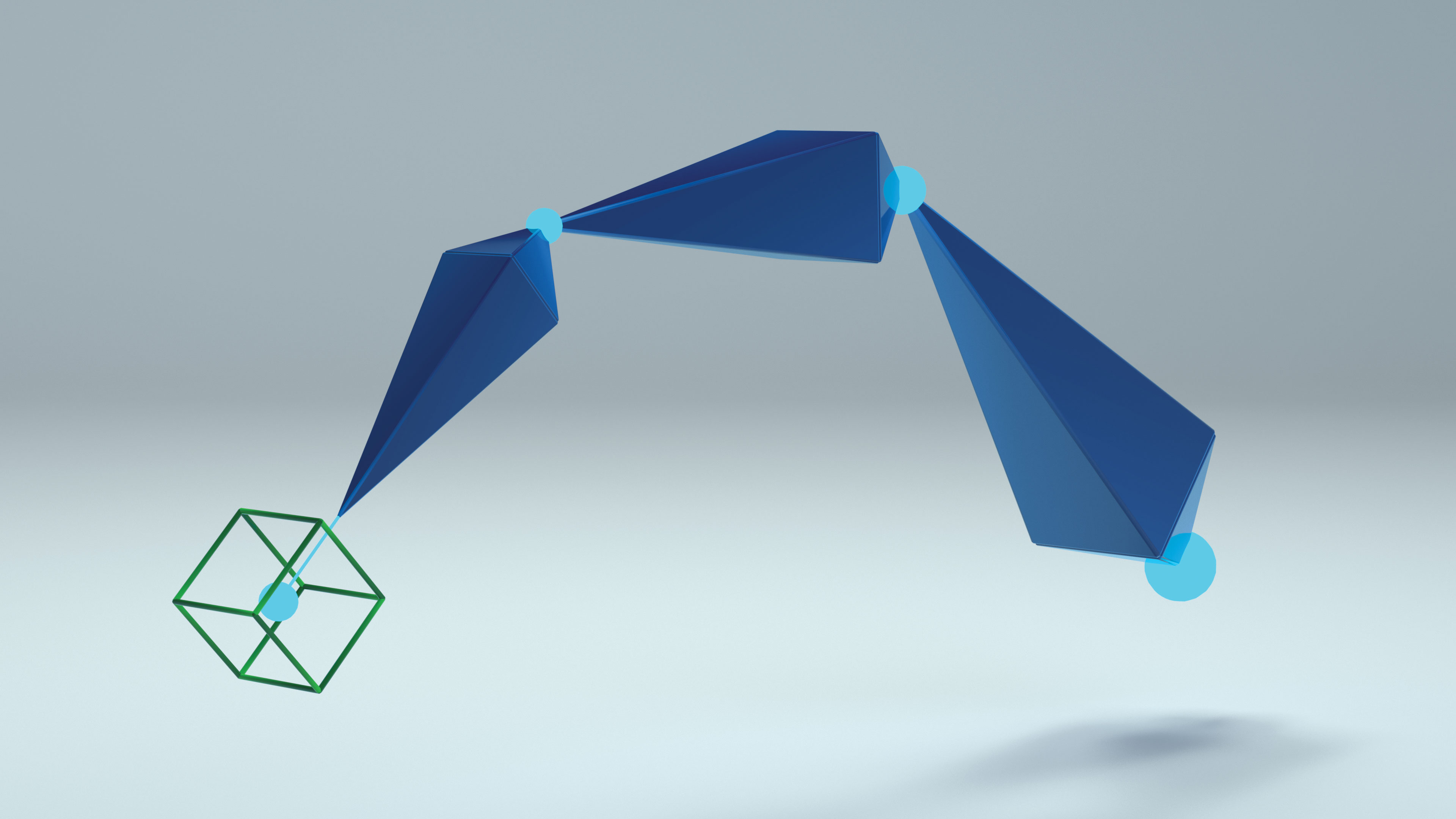
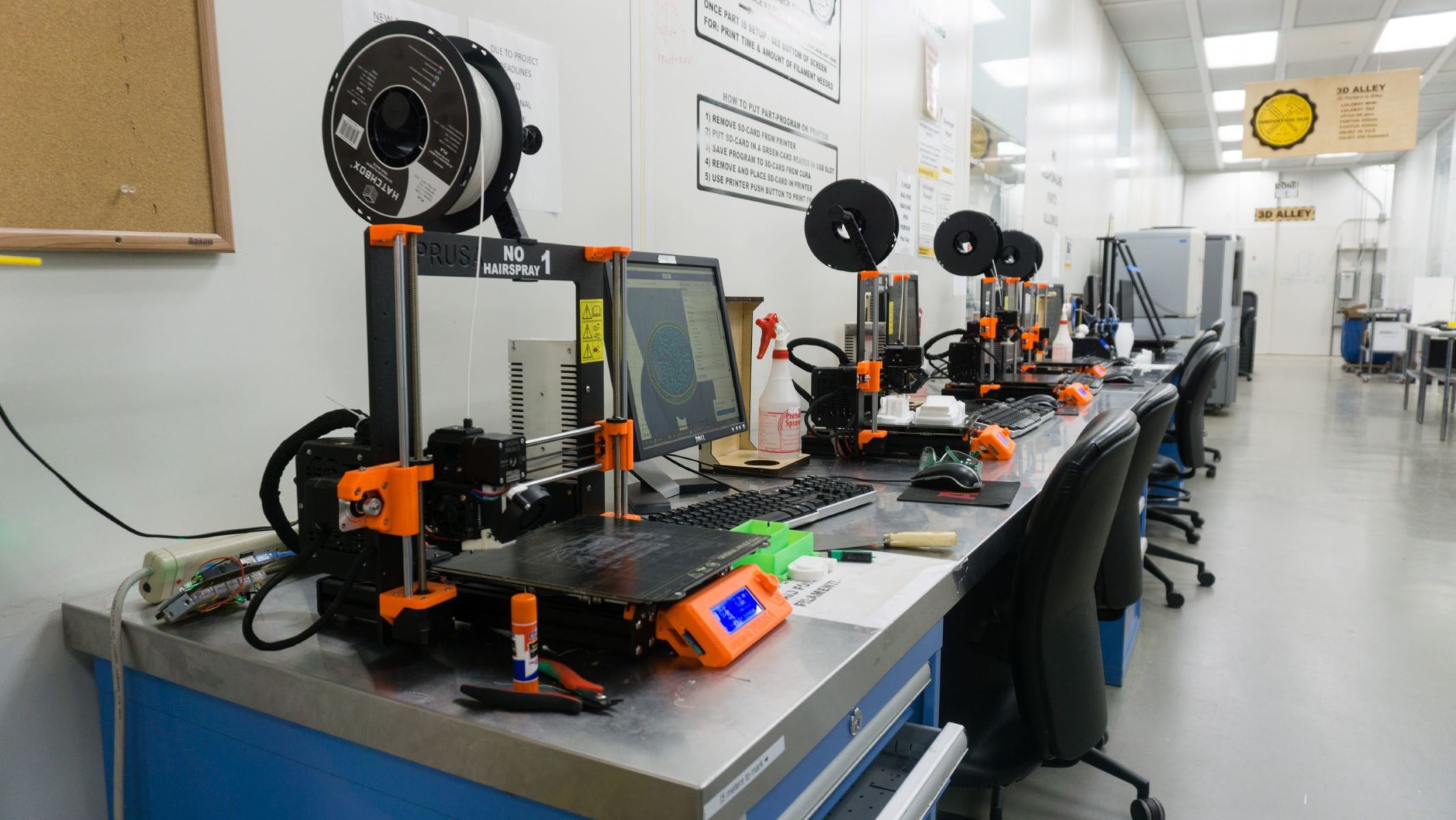
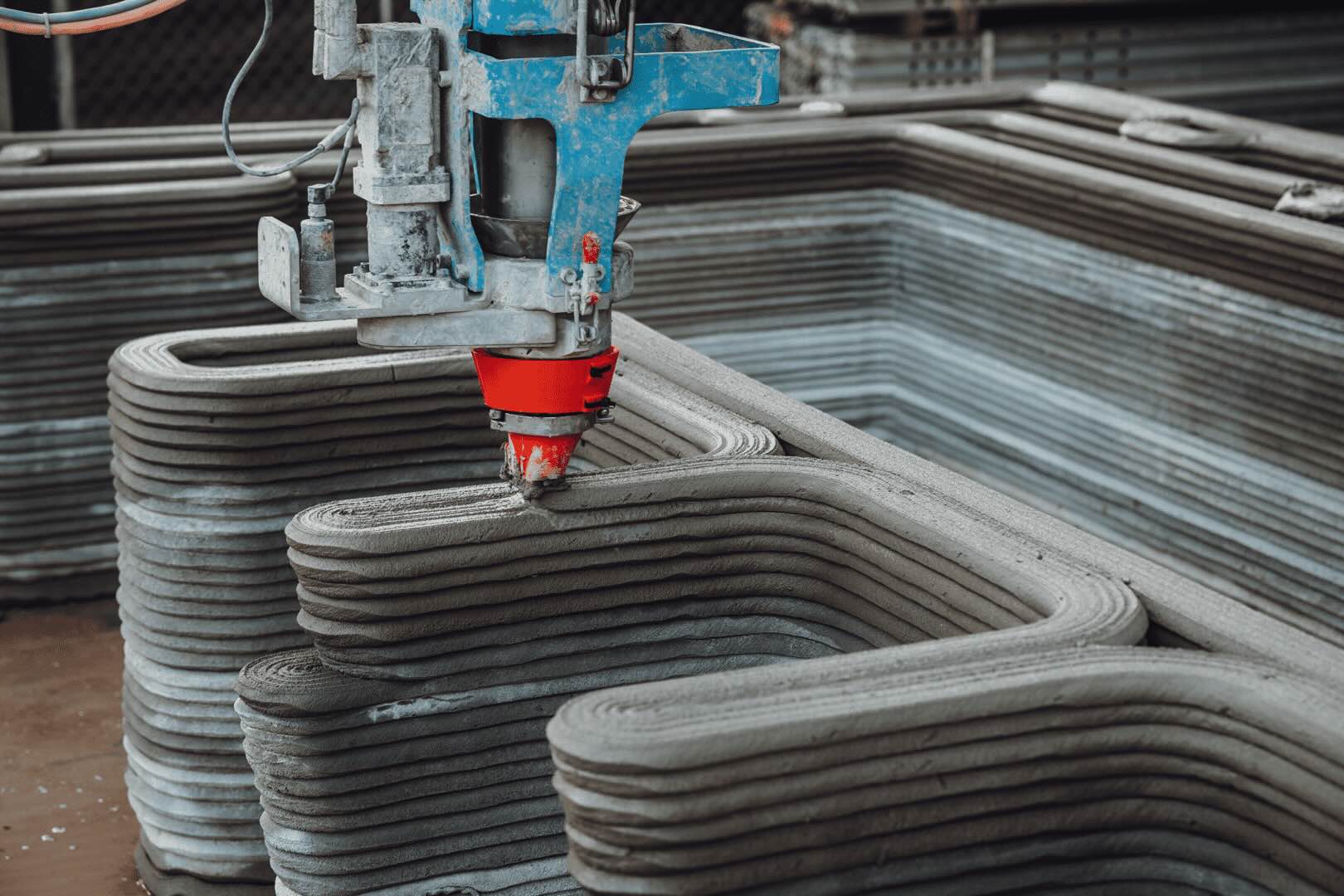

0 thoughts on “How Much Does 3D Modeling Cost”